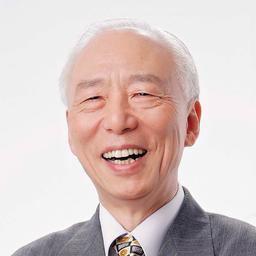A strain of the waist often occurs due to improper postures when reaching for things—picking things up from the ground, reaching overhead, twisting back for an item, or lifting heavy objects. Incorrect sleeping postures or sitting postures can also contribute to waist strain problems.
First Aid for Strains
When straining the waist, the most common symptom is pain on either the left or right side—often presenting an acute psoas strain with muscle damage. If the pain is in the spinal area, it might be a spinal strain, which is rare. Pain on one side near the coccyx might indicate a strain in the synovial membrane of the fifth lumbar vertebra.1. Waist Strain First Aid–1 Simple Move
What can you do when you have an acute waist strain? Let me teach you the simplest acupressure point for first aid—called the “sprain point.”In acupuncture, sprain point is called the Shousanli point (LI 10) and is very effective in treating sprains. When your palm faces your body, the point is located about three finger-widths below the transverse crease of the elbow.

Usually, pressing this point doesn’t cause much pain, but when you’ve strained your waist—whether it’s the spine or the lumbar vertebrae—pressing it will cause intense pain. For left-sided waist strain, press the acupoint on the left arm; for right-sided strain, press it on the right arm.
2. Tong Qi San
In traditional Chinese medicine, there’s a prescription called “Tong Qi San,”which I often use to treat waist strain pain. It’s almost instantly effective.- 30 grams (gm) bupleuri radix
- 30 gm nutgrass galingale rhizome
- 15 gm Chuanxiong rhizome
3. Ear Acupuncture
Ear acupuncture can quickly alleviate the condition of a strained waist. The outermost part of the ear is called the “helix,” and the inner part is called the “antihelix,” which is divided into upper and lower segments, resembling a Y-shape. Underneath the lower segment of the bifurcation, press on the most painful point, which we call the “sciatic nerve (trigger) point.”
For left-sided waist pain, press the left ear, and for right-sided pain, press the right ear. After pressing, move your spine and lumbar vertebrae a little bit, which can quickly ease the waist strain problem.
If not treated properly during the acute phase, a waist strain may progress to a more chronic phase, leading to persistent back pain. Therefore, it’s crucial to seek treatment promptly during the acute or early chronic phase.







